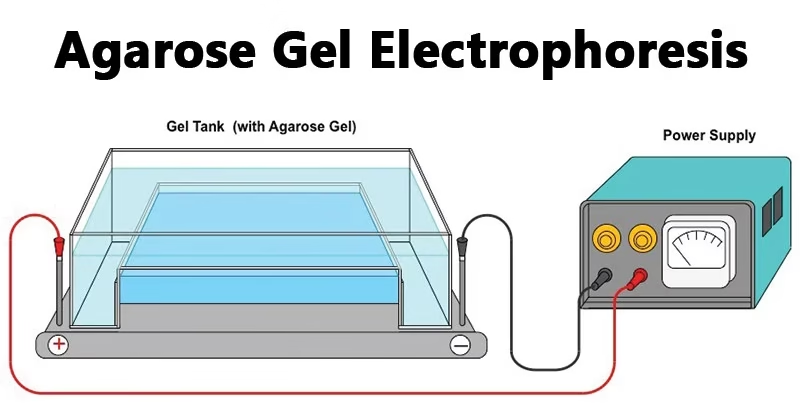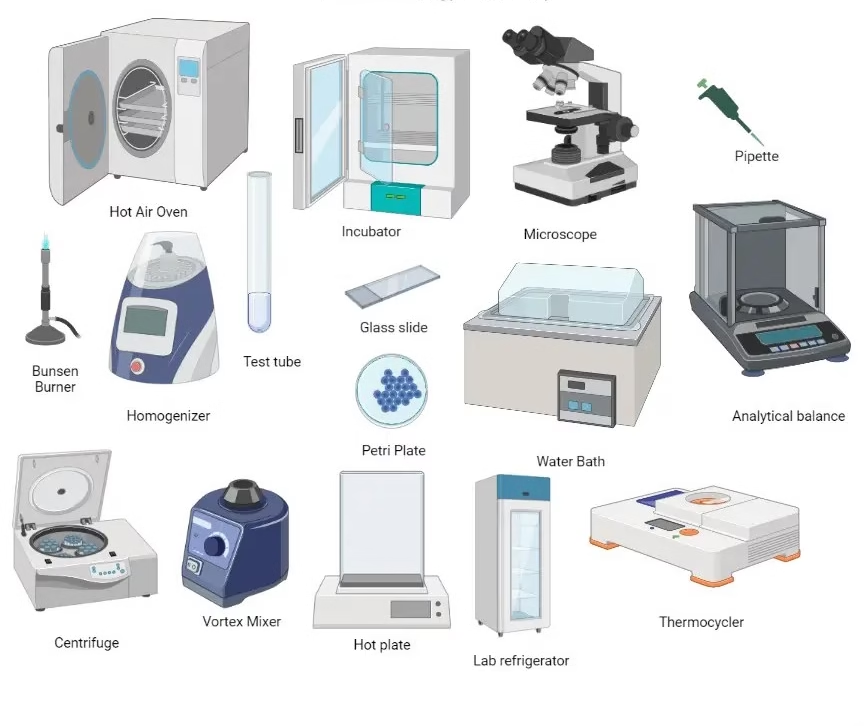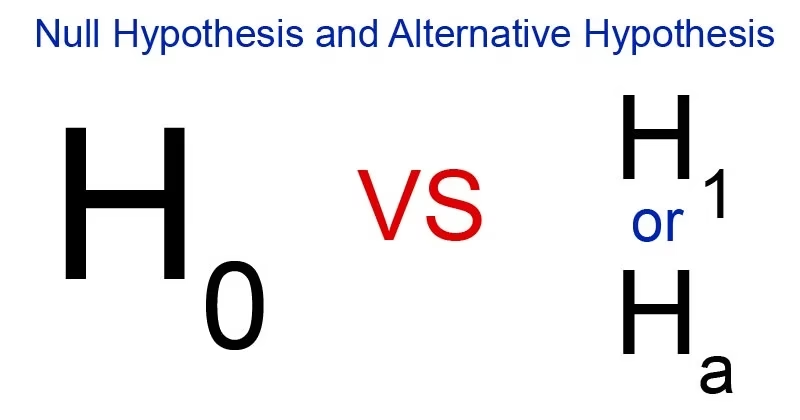Spectrophotometer – Principle, Components, Applications, Advantages & Limitations
A spectrophotometer is a scientific instrument used to measure how much light a sample absorbs. It is mainly used to determine the concentration of solutes in a solution.









